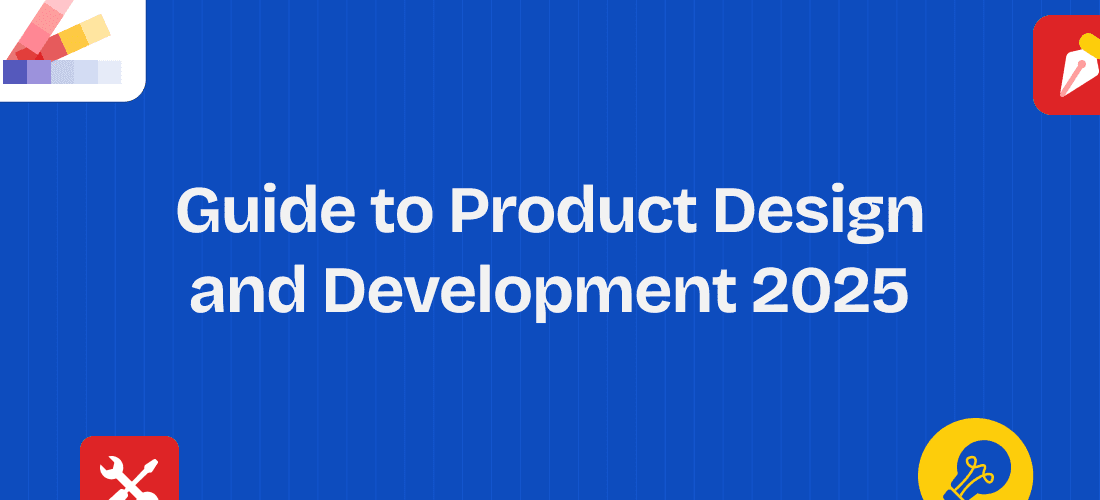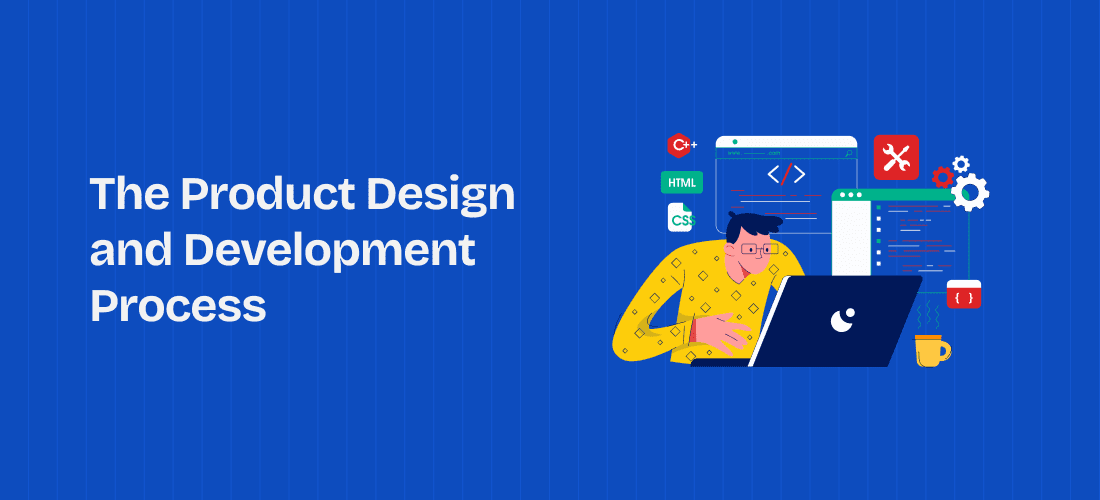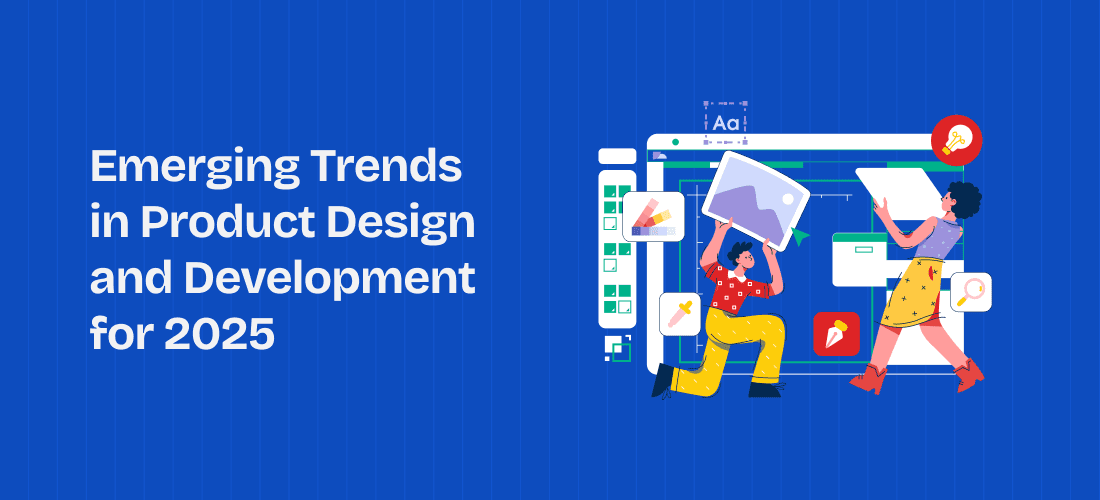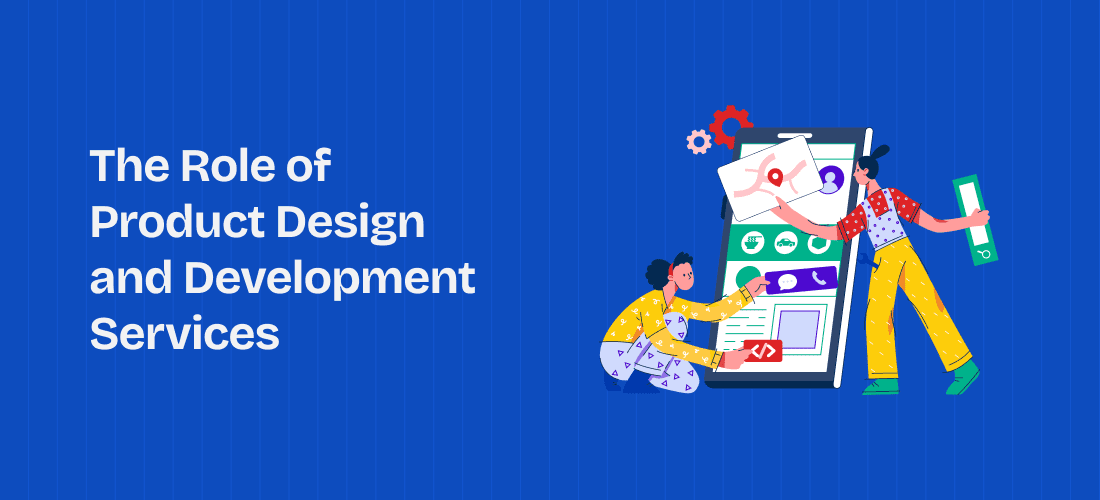


Jan 8, 2025

Successful product design and development is critical for businesses looking to innovate and maintain a competitive edge. Creating a new product, from initial concept to market launch, involves complex steps that require careful planning, strategic thinking, and collaboration across multiple disciplines.
Here, we will provide a step-by-step overview of the product design and development process, explore the latest trends influencing the industry, and highlight the role of professional product design and development services in bringing innovative products to market.
Product design and development is a multifaceted process that transforms an idea into a market-ready product. It encompasses everything from identifying market needs and generating ideas to designing, prototyping, testing, and launching the product. Each stage ensures that the final product meets consumer demands, adheres to industry standards, and aligns with the company’s strategic goals.
Today the product design and development landscape is shaped by several key trends, including the integration of cutting-edge technologies, a growing emphasis on user-centered design, and a focus on sustainability. For businesses to thrive in this environment, staying informed about these trends and adapting their processes is essential.

The product design and development process is typically divided into several key stages, each with its own set of activities, deliverables, and challenges. Understanding these stages is crucial for successfully managing the development of a new product.
The first stage of product design and development is ideation and concept development. This stage involves generating ideas for new products based on market research, consumer insights, and emerging trends. It is a creative and strategic process that lays the foundation for the entire project.
Key Activities:
Ideation and concept development are critical for ensuring that the product design and development process starts on the right foot. It’s important to involve cross-functional teams, including designers, engineers, marketers, and stakeholders, to ensure a holistic approach to idea generation.
Once a concept has been selected, the next stage of the product design and development process is design and prototyping. This stage involves turning the concept into a tangible product by creating detailed designs, developing prototypes, and refining the product’s features and functionality.
Key Activities:
Prototyping is a crucial stage in product design and development, as it allows teams to identify and address potential issues before moving on to full-scale production. Professional product design and development services often have the expertise and tools needed to create high-quality prototypes and conduct thorough user testing.
The engineering and development stage is where the product’s design is translated into a fully functional and manufacturable product. This stage involves developing the technical specifications, selecting materials, and working out the manufacturing processes needed to bring the product to life.
Key Activities:
Engineering and development is a complex stage that requires close collaboration between designers, engineers, and manufacturers. Professional product design and development services can help manage this stage by providing technical expertise, coordinating with manufacturing partners, and ensuring that the product meets all necessary standards and regulations.
The production and launch stage is the final phase of the product design and development process. This stage involves scaling up production, launching the product to market, and managing post-launch activities such as marketing, distribution, and customer support.
Key Activities:
The production and launch stage is critical for turning a well-designed product into a commercial success. Professional product design and development services can assist with production planning, quality control, and launch strategies to ensure a smooth and successful market introduction.
Also Read – Master Product Design: Your Pathway to a Successful Career in India

As we move into 2025, several key trends are shaping the future of product design and development. These trends reflect broader changes in technology, consumer behavior, and environmental considerations, and they offer valuable insights for businesses looking to stay ahead of the curve.
Sustainability is becoming a central focus in product design and development, driven by consumer demand for environmentally responsible products and regulatory pressures. In 2025, businesses are increasingly adopting eco-friendly design practices, including the use of sustainable materials, energy-efficient manufacturing processes, and circular economy principles.
Key Considerations:
Sustainability is not just a trend; it’s a long-term commitment that requires a holistic approach to product design and development. Professional product design and development services can provide expertise in sustainable design practices and help businesses create products that align with environmental goals.
In 2025, user-centered design is more important than ever, with a growing emphasis on creating products that meet the specific needs and preferences of individual users. Personalization and customization are key trends, with businesses offering products that can be tailored to the unique requirements of each customer.
Key Considerations:
User-centered design is a key driver of innovation in product design and development. By focusing on the needs of the end-user, businesses can create products that deliver a superior experience and build lasting customer loyalty.
Advancements in technology continue to transform product design and development, enabling new levels of functionality, performance, and interactivity. In 2025, the integration of advanced technologies such as artificial intelligence (AI), the Internet of Things (IoT), and augmented reality (AR) is becoming increasingly common in product design.
Key Considerations:
The integration of advanced technologies can add significant value to products, making them more innovative, functional, and competitive. Professional product design and development services can help businesses navigate the complexities of technology integration and create cutting-edge products that meet market demands.
The pace of innovation is accelerating, and businesses need to be agile in their approach to product design and development. In 2025, agile development methodologies and rapid prototyping are essential for bringing products to market quickly and efficiently.
Key Considerations:
Agile development and rapid prototyping are critical for staying competitive in a fast-paced market. Professional product design and development services can help businesses implement these practices and accelerate the development process.

Successfully navigating the complexities of product design and development requires expertise, experience, and a deep understanding of the market. Professional product design and development services play a crucial role in helping businesses bring innovative products to market.
When selecting a product design and development service, it’s important to consider factors such as the service provider’s experience, expertise, portfolio, and client testimonials. Look for a service that understands your industry, has a proven track record of success, and can deliver on your specific requirements.
Product design and development is a complex and dynamic process that requires careful planning, strategic thinking, and collaboration across multiple disciplines. As we move into 2025, staying informed about emerging trends and adopting best practices is essential for creating innovative products that meet market demands and drive business growth.
Whether you’re developing a new product from scratch or improving an existing one, professional product design and development services can provide the expertise, tools, and support needed to succeed. With these services, businesses can navigate product development challenges, accelerate time-to-market, and create products that resonate with customers.